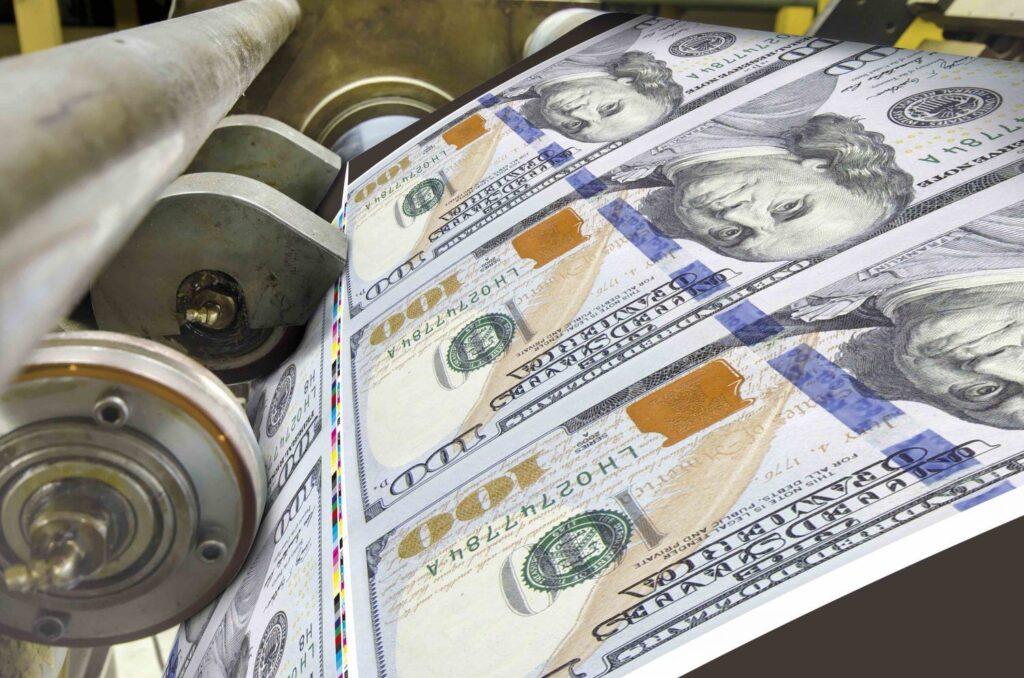The United States is likely to reach the maximum it can legally borrow sometime between Jan. 14 and Jan. 23, Treasury Secretary Janet Yellen said in a letter Friday to House Speaker Mike Johnson. After that, the Treasury will take “extraordinary measures” to reduce borrowing.
“I respectfully urge Congress to act to protect the full faith and credit of the United States,” he wrote. In June 2023, Congress suspended the debt limit until January 1, 2025.
Risk assets weakened at the market close, just before the letter was published. US stocks fell, with the S&P 500, Nasdaq 100 and Dow Jones Industrial Average losing around 1%. Bitcoin fell as much as 4% from its intraday high.
Raising the debt ceiling has historically been a negative sign for the largest cryptocurrency, which has fallen or underperformed in the following days on the last five occasions.
This December has not been a strong month for bitcoin, which is down 3% and is on track for its first red month since August.
Adding to the political and economic uncertainty, President-elect Donald Trump’s inauguration will take place on January 20, among the dates highlighted by Yellen.
According to Zerohedge, Congress first set a $45 billion debt limit in 1939 and has raised it 103 times as government spending continues to outpace tax revenues. The US national debt now exceeds $36.2 trillion.
Another influence on the price of bitcoin is its parallelism with previous cycles. Since the cycle low that occurred during the FTX crash in November 2022, BTC has aligned with the previous two cycles.
It is now just shy of 500% performance, similar to the previous two cycles at the same point in the cycle. That is not a good sign for the bulls.
The 2018-2022 and 2015-2018 cycles saw significant reductions at this point in the cycle, highlighted by the red box in the chart below. Trump’s inauguration date of January 20 may indicate a bottom for bitcoin.




